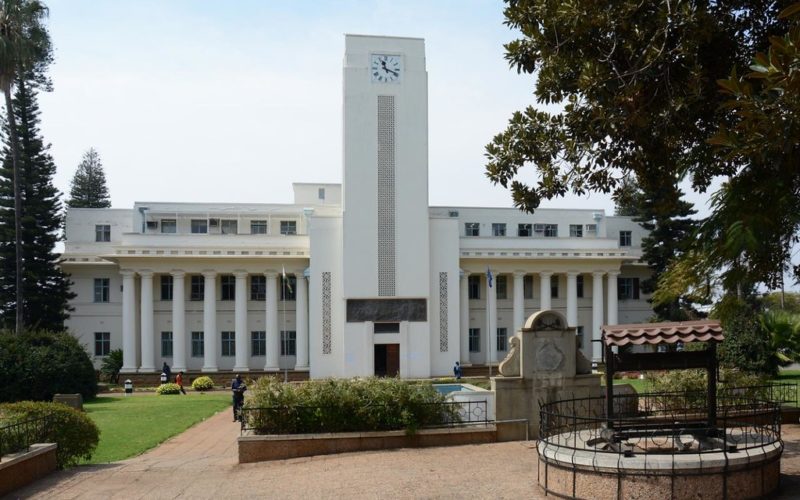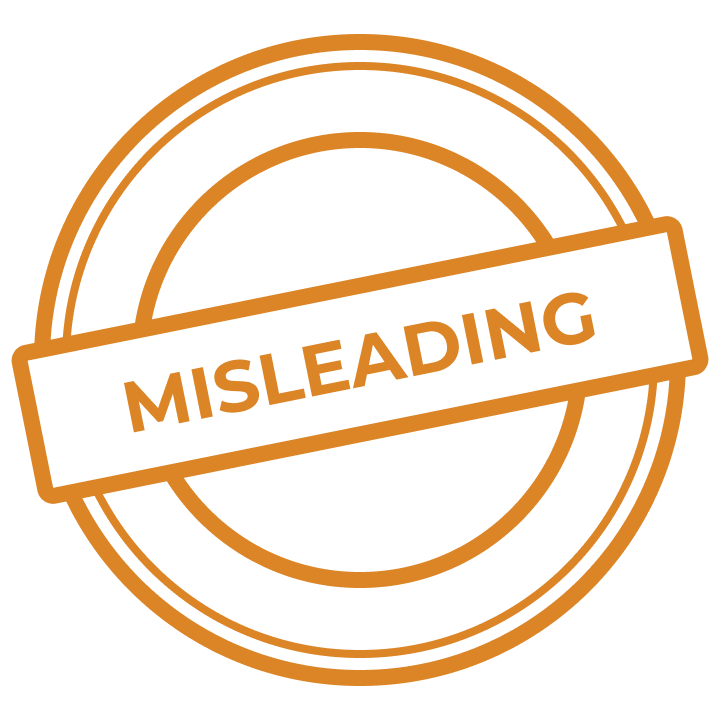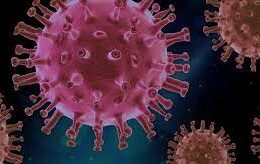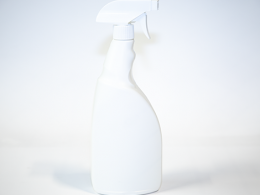Claim: The permanent secretary in the ministry of information Nick Mangwana on his Twitter account on August 22 announced that the government has solved 80% of water challenges in the city of Bulawayo.
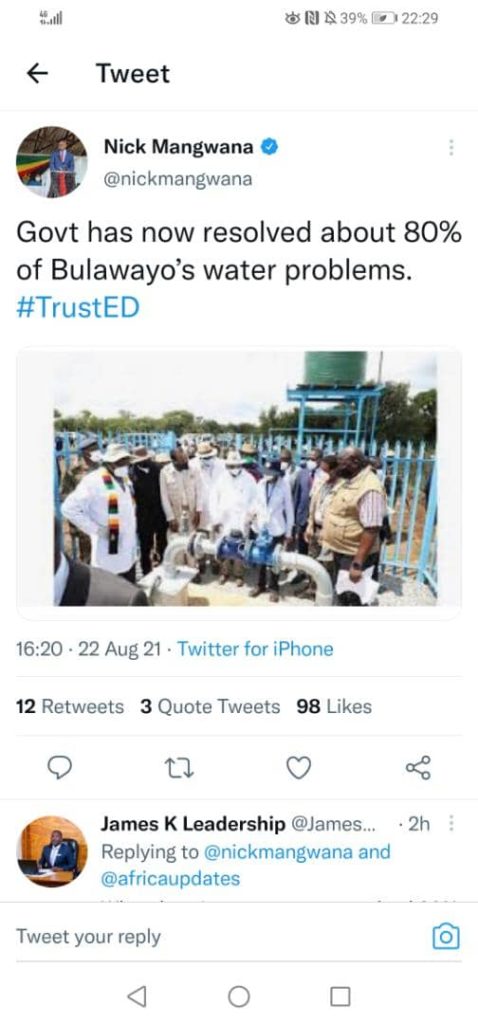
Bulawayo City Council (BCC) Corporate Communications Manager, Nesisa Mpofu explained to CITE that the government had made significant contributions to enhance the water situation in the city, however, there are still some gaps that need to be attended to.
“The Government, through the Zimbabwe National Water Authority (ZINWA) commissioned the Epping Forest groundwater project in December 2020 which added about 10 – 15 Megaliters of water supply (10% of the total water supply). Under the African Development Bank (AFDB) grant funding, there was the installation of new raw water pumps at Ncema and Fernhill and rehabilitation of Criterion water treatment,” said Mpofu.
“In that regard, about 110 – 120 Megaliters of raw water is being pumped to Criterion Water Treatment Plant (65 -70% of the total water supply). These two major projects have significantly improved the stability of water supply to the City even though there are gaps to improve Mtshabezi pipeline and Inyankuni Dam pumping capacity.”
Mpofu said the city’s six supply dams are currently at 60% full but they have different depletion rates due to capacity and method of abstraction.
She said according to the latest information, the Umzingwane dam is expected to be decommissioned in late December 2021 and should there be no meaningful rainfalls from December 2021 – water shedding will be introduced by early January 2022.
Chairperson of the Bulawayo Water Committee Khumbulani Maphosa said the government still needs to replace the old and broken down piping system, devolve bulk water rights and manage current dams’ catchment areas against diversions and water poaching.
“We are yet to see the 80% resolution that the government is claiming. Remember Bulawayo’s water problems include improving water pumping capacity from existing dams and supply of additional water especially from Gwayi-Shangani Lake (which is not yet complete). For these reasons we haven’t seen the claimed 80%,” he said.
“The only tangible we have seen is the commissioning of Epping Forest, which was co-financed by both the government and the Bulawayo residents through the Pipeline Levy funds which were charged at usd1 per household.”
Bulawayo Residents Association (BURA) chairperson Winos Dube said there is no proof that this 80% is really authentic especially with the numerous water challenges still being experienced by some of the residents in various parts of the city.
Dube said such comments are misleading when coming from the government because should the city council fail to avail the water, residents will be up in arms with them yet they would not be the ones who would have made the announcement
“We do acknowledge that there has been a significant improvement as far as water woes are concerned but there are still some issues that need to be addressed. 80% is too high a figure to set, the city still has numerous dilapidated pipes which need to be substituted with new ones. Such issues affect water availability and water delivery,” Dube said.
“Besides we are only in August, we are yet to get to the critical months towards the rainy season where we usually experience serious water challenges. For now, it’s a bit too soon. We cannot however turn a blind eye to the frantic efforts being made by the local authority to avail water for the residents.”
Bulawayo Progressive Residents Association (BPRA) coordinator Emmanuel Ndlovu reiterated that the city has sufficient water owing to the previous rainy season but the quality of the water still needs to be addressed.
“It is undoubtedly true that this past rainy season yielded better results than the ones before it. An issue of note is the quality of water being supplied seems to be somewhat questionable, a most recent example of this was the allegedly contaminated water supply in Emganwini suburb about months ago,” Ndlovu said.
“We feel that perhaps it’d be more plausible to conclude that Bulawayo’s water challenges have been solved at a rate of about 50%. More still needs to be done to ensure that the water demand is met and that residents’ capabilities to enjoy their right to water are expanded.”




